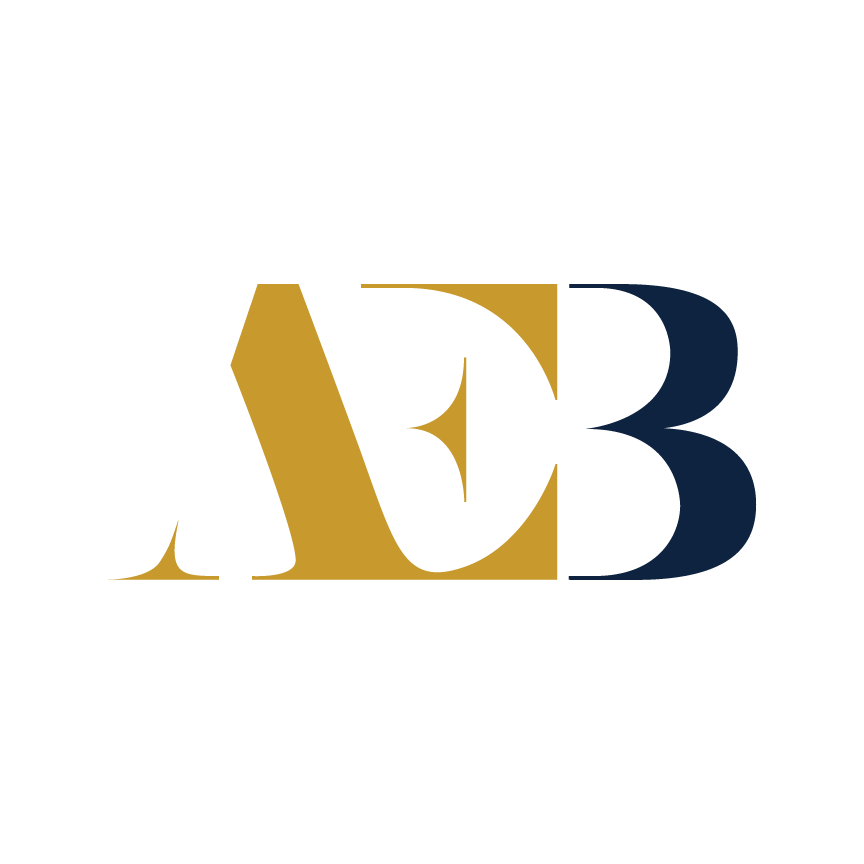Stagnant and declining organizations do not hire new employees. Growing, proactive companies hire and remain in a hiring mode. That said, talent acquisition isn’t always easy and often requires businesses to examine all aspects of their hiring process and candidate evaluation methods. One hiring tool many companies use is personality profile tests.
Personality profiles are summaries of character traits and behaviors of individuals or groups. In the context of hiring new employees, they are a tool used to evaluate a candidate’s temperament, decision-making methods, communication styles, personal attributes, and values. This information is gathered by way of a personality assessment test.
Like any tool, the effectiveness rests in the application. How these tests are administered and the results interpreted can have a huge impact on your hiring decisions. The purpose of this article isn’t to persuade you one way or the other. Rather, we want to provide you with an easy-to-follow overview of how personality profiles can be used, some reputable tests to consider, and the pros and cons of assessment tests to be mindful of.
How To Use Personality Profiles
First and foremost, it is critical for organizations using personality profiles to understand what information they will and won’t receive and to have clear guidelines for how the resulting information will be used. Personality profiles won’t tell you if a candidate is going to be a great employee or not. However, they can identify how someone might approach their work, handle challenges, engage with other employees, and what environments they perform best in.
Do your homework when selecting the specific assessment test you will be using. While similar, each one measures slightly different facets of personality traits. You want a test that will closely relate to critical aspects of your business and/or the specific role you are hiring for.
Next, ensure that whoever is administering the assessments and reviewing the results is well-trained. Personality profiles can’t reveal everything about a candidate. Administrators need to understand what the results mean and how to provide clear and helpful information to the HR professionals and managers making the final hiring decisions.
Likewise, remember that the results of a personality profile should be one factor in your evaluation and decision process. Other methods should play an equal or greater role in your final decision which we share in a bit.
The best way to use personality profiles is in conjunction with other methods of evaluating job candidates to give you a more holistic view of an individual and to provide context into how they might perform or behave in a particular role.
Most Recognized Personality Assessment Tests
Let’s have a look at the assessment tests that are popularly used by multiple organizations as part of their complete assortment of hiring tools.
Myers-Briggs Type Indicator (MBTI)
The most popular personality assessment test used by multiple companies in their hiring process is the MBTI. The purpose of this test is to identify not only an individual’s personality type but also their strengths and preferences. Developed by Isabel Myers and her mother, Katherine Briggs, they believed that if people understood themselves better, they could more easily select occupations based on their personality and therefore lead healthier and happier lives. Based on four dichotomy groupings, it helps evaluate the candidate based on which grouping they fall in - thinking vs. feeling, intuition vs. sensing, judging vs. perceiving, and extraversion vs. introversion - individuals are identified with one of 16 personality types.
The results won’t indicate how well someone will perform in any given role. However it will reveal how compatible a candidate may be with other team members, and the likelihood they will enjoy the role and responsibilities you are considering them for.
The Caliper Profile
One of the oldest personality profile assessments available is the Caliper Profile. The purpose of this test isn’t to reveal personality though. Rather, to identify if the natural strengths and weaknesses of a candidate are aligned with the position they are applying for.
This test is typically reserved for executive-level positions because of the types of questions asked. Results are grouped into categories based on leadership skills, interpersonal skills, problem-solving abilities, and time management.
16 Personality Factor Questionnaire
The 16 Personality Factor test measures the behaviors in candidates that determine employee progression and career development. Specifically, the test evaluates multiple personality traits, including openness to change, self-reliance, perfectionism, emotional stability, sensitivity, rule-consciousness, and dominance.
Because it aims to reveal potential, sustainable performance in a larger role, and identify development needs, it is often used to identify leadership potential.
Situational Judgment Test (SJT)
The SJT highlights the response of the test-taker to particular workplace situations. The test includes questions linked to various work situations to understand how potential employees might react in those situations.
This test focuses on cultural sensitivity, teamwork, negotiation, problem-solving, interpersonal skills, and conflict management. It has now become a popular standard to predict job performance.
DiSC Personality Test
DiSC is an acronym for the four category profiles this test measures: Dominance, Influence, Steadiness, and Compliance. However, rather than identifying intelligence or aptitude, this assessment test provides a better understanding of communication styles and behaviors.
It is important to note that this only reflects how someone might respond to situations at a particular point in time. Business professionals know they often have to adapt their communication style based on the situation or their audience. So this assessment test may not provide a full perspective of a candidate.
Pros And Cons of Personality Profile Tests
Before using a personality profile assessment test as part of your hiring process, it is crucial to understand both the benefits and drawbacks.
Advantages of Personality Profiles
Personality profiles are being used by multiple organizations to evaluate candidates for the purpose of finding the best match for the jobs. Here are some of the many benefits of using assessment tests:
An Insightful Look
Personality profiles can offer a fairly accurate picture of the behavior and personality traits of potential employees. Plus, these tests can provide a deeper insight into the candidate that can’t be achieved by reviewing their resume alone.
Their work experience may indicate what they can do, but their personality profile can reveal what they enjoy doing. Employees who enjoy their work in roles they are naturally aligned to will perform better and are more likely to stay with an organization longer.
Objective Comparison
When administered correctly by someone trained in the assessment method, they can provide HR professionals and hiring managers an objective hiring tool to compare candidates. Further, they can provide insight into potential job performance.
A Tool for Follow-Up Questions
Based on the particular assessment stage these tests are used, they can prove useful in creating the follow-up questions during the final interviews. For example, asking specific questions to further understand the candidate and determine their eligibility and suitability for the job.
Disadvantages of Personality Tests
While there are various pros of assessment tests, there are also a set of cons. Here are some disadvantages of using personality profiles in the recruitment process:
Might Screen Out Qualified Candidates
While personality profile assessments can provide helpful information, there are many factors that can negatively influence the outcomes and therefore your hiring decisions. Not only is it important to select the right test for the roles you are hiring for, but test administrators should be trained (and for some tests certified) to ensure the results are interpreted correctly. Personality profiles are not one hundred percent accurate.
This means that these tests might exclude some candidates who are talented and suitable for the job but have a unique style of thinking.
Provide Flawed Results
Many candidates might focus more on selecting answers based on what they believe their potential employer may be looking for instead of responding based on their personalities. It may also be interesting to note, that most of these tests are easily available online, some even offering guidance on how to skew the results in your favor. Therefore, it might lead to inaccurate results in some cases.
Test Purpose Might Not Meet Hiring Needs
Many personality profile tests aren’t designed to specifically be used for the hiring process. For instance, the Myers-Briggs Type Indicator has been designed to assess training and career development needs, not for qualifying job candidates. Therefore, these tests might lead to results that are misaligned with your hiring requirements or simply be unethical.
Effective Methods of Evaluating Candidates
Personality profiles can provide an efficient means of evaluating candidates. However, they need to be used alongside other, more effective methods. The most effective are structured interviews.
Structured Interviews
Conducting a structured interview simply means you apply the same process and evaluation methods for each candidate. Two styles we use and recommend to all our clients are performance-based interviews and top-grading interviews.
Performance-based interviews focus on past performance by asking candidates to share how they handled situations and challenges before. The information gained provides insight into how they might behave in the future.
In a top-grading interview, candidates lead you through their resume and work history from past to present detailing their responsibilities, accomplishments, and reasons for leaving. A candidate’s natural strengths and weaknesses quickly become apparent with this method.
Focus on Core Capabilities
Core capabilities focus on the personal abilities and skills a candidate has. In other words, it focuses on what a candidate can do as a result of the knowledge and expertise they have gained.
Define what success in the role(s) you are hiring for looks like. Consider the projects and tasks this person will be responsible for and how someone will apply their skills and knowledge to your business goals. Think about how this person will engage with other members of your team and what communication styles and personality traits might be required.
Conduct Background Checks
Finally, confirm the information candidates have shared with you and fill in areas you may have doubts about with formal background checks. This may include connecting with references, running criminal background screenings (where permissible and appropriate), and even social media reviews.
With any of these methods, develop a clear and detailed process. Define what roles require this additional review, what information you will be seeking, who will conduct them, and how you will document your findings.
Personality Profile Tests Can Be Effective Hiring Tools
Personality profiles can be an excellent hiring tool for many organizations. However, it is crucial to understand the drawbacks and benefits of these assessment tests to take full advantage of them. Moreover, it is also essential to determine the hiring needs of your business to find the right personality profile assessment. Certain roles and industries might benefit more from these hiring tools than others.
A crucial factor that businesses must consider is that these tests shouldn’t be used as a stand-alone hiring method but as a part of other hiring tools, including structured interviews and background screenings.
Hiring companies have plenty to consider, plan for, and evaluate when hiring new talent. This is why many choose to partner with a recruitment firm.
Subscribe to our newsletters and learn more about our approach to talent acquisition, or contact us directly with your questions. We would love to share our story and how our model can support your efforts.


.png)
.png)
.png)
.png)
.png)


